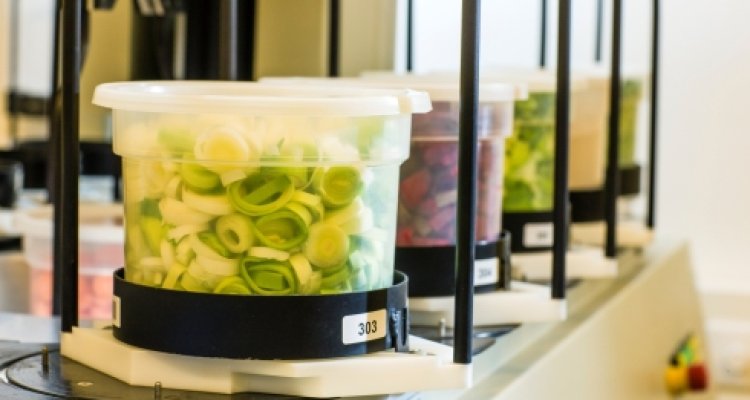
Radioactive substances
Radioactive substances
Radioactive substances can end up in food, feed and the environment as a result of a radiation accident. In this context, Wageningen Food Safety Research carries out radiochemical analyses and checks for possible contamination. We also do this for the business community, in the context of export certification or inspection of raw materials, for example.
National Monitoring Network Radioactivity in Food
Since 1965, the presence of radioactivity in milk, grass and water has been checked in the Netherlands. This is done partly in the laboratory of Wageningen Food Safety Research, and partly with the National Monitoring Network for Radioactivity in Food (LMRV), of which Wageningen Food Safety Research is the manager.
Wageningen Food Safety Research offers
- fast, accurate analyses in various matrices
- urgent examination possible
- accredited methods
- control measurements for export
- fast scale-up
- good reputation
- independence
- well-trained and experienced staff
- advice in case of contamination regarding the possible cause (source) and measures to be taken
Radiochemical analyses
In addition to the LMRV, Wageningen Food Safety Research has two high-resolution gamma spectrometers in our radionuclide laboratory for the determination of gamma emitters. The standard analysis used for monitoring includes approximately 25 nuclides, including the main nuclear components iodine-131 (I-131), caesium-137 (Cs-137) and caesium-134 (Cs-134) and cobalt-60 (Co -60).
The presence of beta emitters, especially strontium-90 (Sr-90) and tritium (H-3), can be detected in a wide range of food and environmental matrices. The samples can be processed through various pre-processing methods and measured by liquid scintillation with a Quantulus LSC. Alpha emitters, such as uranium-235 (U-235), uranium-238 (U-238) and plutonium-239 (Pu-239) can be measured at RIKILT after sample preparation using alpha spectrometry.
Has a product been irradiated?
In addition to determining radioactive contaminants in various matrices, we can also determine whether a product has been irradiated. Irradiation is a sterilisation method that is used for herbs, for example. The Commodities Act specifies which products may be irradiated. If a product has been irradiated, this must be indicated on the label. The method used consists of two parts: a screening measurement, possibly followed by a thermoluminescence determination (TLD) with reference measurement for confirmation.
Accredited Methods
Our high-resolution gamma methods and the Sr-90 (a beta emitter) analyses are accredited according to ISO 17025. The other methods have been validated. To guarantee the quality of our analyses, we annually participate in international proficiency tests.